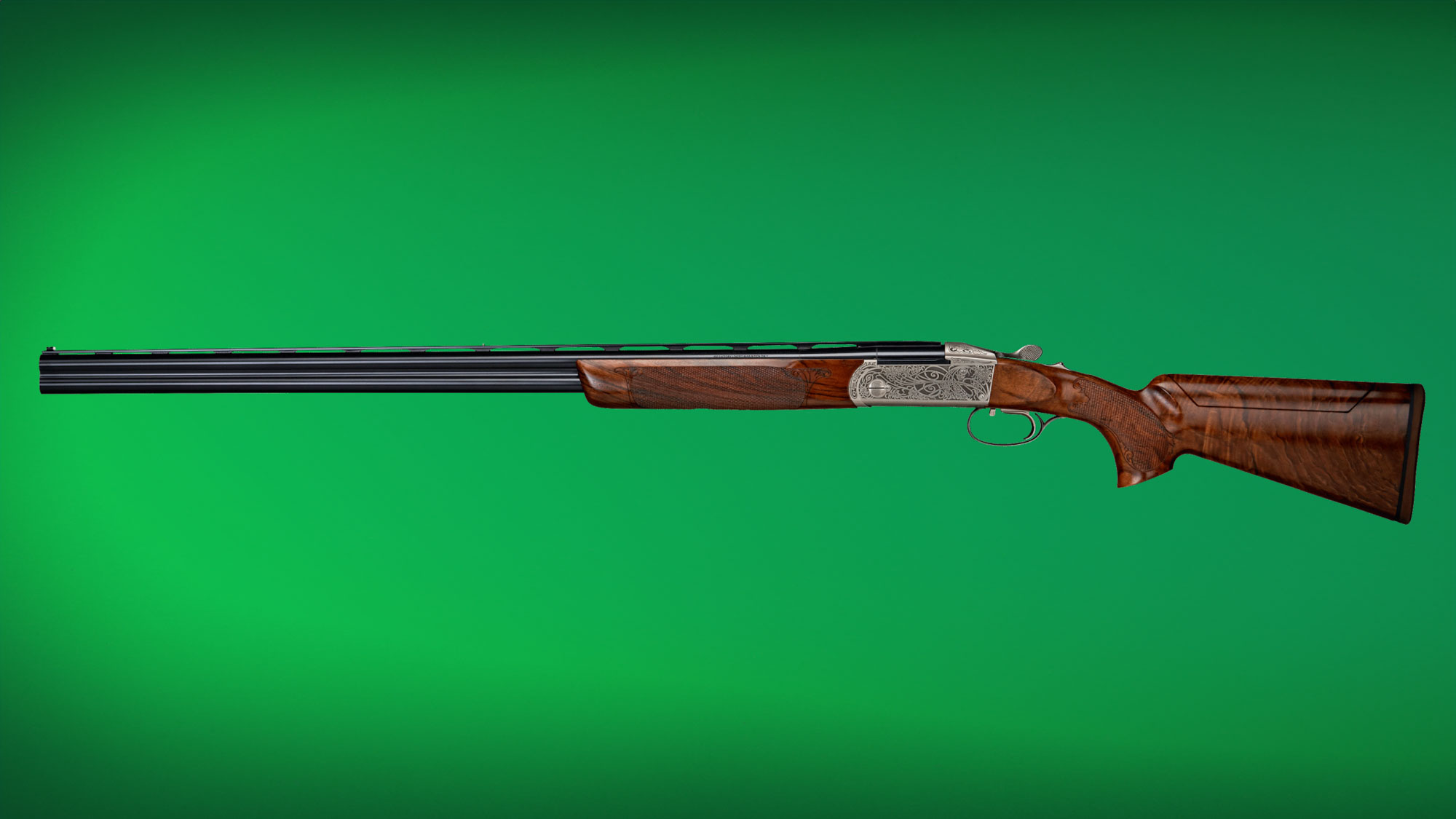The need for survival food, such as MREs, in an outdoor emergency falls behind thermoregulation and hydration. However, the desire for food is both a physical need and increases morale significantly. There are numerous options for food for backcountry trips and disaster readiness. One crucial question often arises: How long can we rely on our food supplies to last? Specifically, for those of us who include Meals, Ready-to-Eat (MREs) in our survival kits, understanding their shelf life is critical. MREs, a staple in military rations, have become increasingly popular among hikers, campers, and emergency preppers due to their convenience and nutrient content. But just how long do MREs last?
How Long Do MREs Last?
So, back to the question at the center of this story: How long do MREs last? The shelf life of an MRE typically ranges from 5 to 7 years when stored at a temperature of around 60°F (15.6°C). However, this duration can vary significantly based on storage conditions, particularly temperature. At higher temperatures, the shelf life of MREs decreases; for example, at 80°F (26.7°C), it might drop to about three years. Conversely, cooler temperatures can extend their usability. It’s important to note that while MREs can remain safe to eat beyond these time frames, their nutritional value and taste may degrade. Therefore, adhering to these general guidelines and regularly rotating your MRE stock is recommended for optimal quality.

What Are MREs?
Meals, Ready-to-Eat (MREs) are self-contained, complete meals initially developed for military personnel to use in combat or field conditions where traditional food facilities are unavailable. Each MRE package is designed to provide a fulfilling meal, with components like an entree, side dish, bread or crackers, spread, dessert, and a beverage mix. They are packed with essential nutrients, offering a balanced mix of carbohydrates, proteins, fats, vitamins, and minerals.

The robust packaging makes MREs resistant to harsh conditions and easy to transport. Hence, this is why MREs last so long. MREs are also known for their convenience, as they require no refrigeration and can be eaten cold if necessary. However, they often come with a flameless ration heater for warming the food. There is an easily understood direction on cooking them on the packaging. Follow the directions explicitly to get the best function from the heater. If you use too much water, they do not work well.
How Does Temperature Affect the Shelf Life of an MRE?
Temperature is a critical factor in determining how long MREs last. When stored at cooler temperatures, around 60°F (15.6°C), MREs can last up to 5-7 years. However, as the storage temperature increases, their shelf life decreases. At 80°F (26.7°C), the shelf life may reduce to about three years, and at temperatures above 100°F (37.8°C), it can drop to a few months. High temperatures accelerate the degradation of food quality, impacting taste, texture, and nutritional value. On the other hand, frigid temperatures can affect the texture and palatability of some MRE components but are generally less harmful than high heat. Therefore, MREs should be stored in a relaxed, stable environment for optimal shelf life. Keep in mind the cooker as well. The cooker degrades in ability over time. Therefore, your food may last longer, but the cooker will not work well after 6-7 years.
Are MREs Good Survival Food?
MREs are considered excellent survival food for several reasons:
- Their long shelf life makes them ideal for emergency kits and uncertain food supply situations.
- They provide a balanced diet, essential in survival scenarios where maintaining nutrition is challenging.
- MREs are also compact and easy to carry, requiring no cooking or refrigeration, which is a significant advantage in resource-limited settings.
The variety in MRE menus helps prevent palate fatigue during extended use. Many MREs include candy, seasoning packets, and bottles to help increase morale by eating them regularly. However, they are best suited for short-term survival and emergencies, as prolonged reliance on MREs alone can lead to digestive issues and potential nutrient imbalances.

What Is the Gum in an Meal, Ready-to-Eat For?
It has long been stated that the gum in MREs is either a laxative or anti-diarrhea. I queried the Army Natick Center, responsible for food supplies to the US military. Their designated public affairs person said this is undoubtedly a myth on both fronts but that the gum is there to serve a purpose. The gum is intended to help users keep their teeth cleaner and healthier.
Do MREs Taste Good?
The taste of MREs is subjective and has improved significantly over the years. While they may not compare to fresh food or home-cooked meals, many find MREs reasonably palatable, especially considering their nature as long-lasting, ready-to-eat meals.
The variety of menus and the inclusion of flavor-enhancers like hot sauce or seasoning packets help improve their taste. However, some people may find them less appealing, particularly over extended periods. Taste preferences vary widely, but MREs are generally designed to be as tasty as possible, given their constraints. Due to the wide variety of options available, you rarely find a particular meal you enjoy.
We sometimes forget that MREs are survival food, not everyday food—that is why MREs last so long. They were never intended to make people happy. They are intended to keep a person alive and functioning optimally in the short term. As this industry has progressed, companies now make MREs specifically for civilians and disaster readiness. Typically, these meals are more expensive but bring more choices and tastes. They also appeal to the dietary restrictions of various groups. Some companies have vegetarian, gluten-free, keto-based, and kosher options. You can also speak to your military friends who have had to live off these things for extended periods to get help and hints. There are many ways to combine items in the MREs to make unique desserts, classic meals, and more.
Read the full article here




